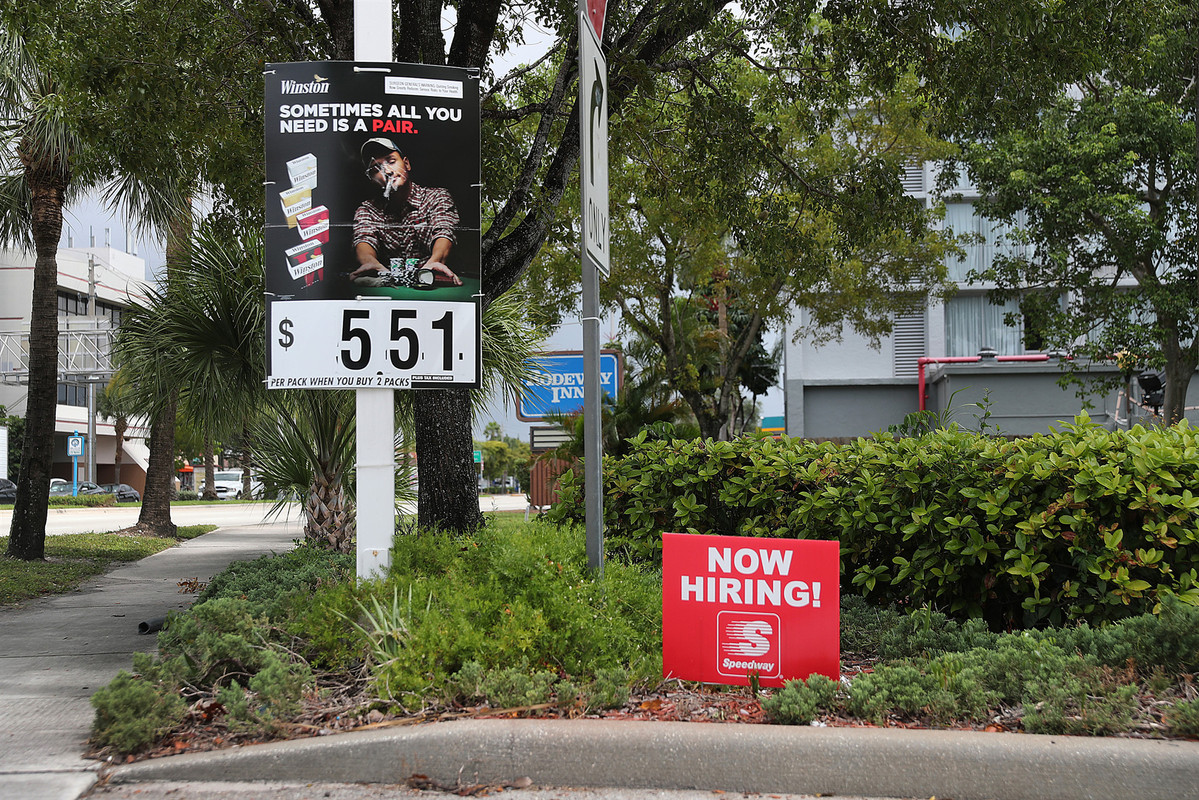US jobs growth soars in November


US employers added 266,000 jobs in November, a total reflecting the return of striking General Motors workers but also underscoring a healthy economy despite a worldwide slowdown, the Labor Department reported Friday.
Wages increased 3.1 percent from a year ago, outpacing inflation and highlighting a tight labor market where employers must scramble to attract and retain workers. The unemployment rate dipped to 3.5 percent and matched a 50-year low.
Analysts surveyed by The Wall Street Journal forecast a gain of 187,000 jobs last month, a 3.6 percent unemployment rate and 3 percent annual wage growth.
In November, average hourly earnings grew seven cents to $28.29. Sluggish productivity growth and the retirement of highly paid baby boomers may be holding back wage growth. The average workweek for all employees at private, nonfarm jobs was unchanged at 34.4 hours.
The unemployment rate for men and women was 3.2 percent, 12 percent for teenagers, 3.2 percent for whites, 5.5 percent for blacks, 4.2 percent for Hispanics and 2.6 percent for Asians, the Labor Department said.
The labor force participation rate — the percentage of the civilian population aged 16 and older that's employed or seeking work — was 63.2 percent for the third consecutive month.
So far in 2019, job growth has averaged 180,000 per month compared with an average monthly gain of 223,000 jobs in 2018.
In November, 45,000 jobs were added in healthcare, boosting the number of jobs added in the sector in the last 12 months to 414,000. Professional and technical services added 31,000 jobs. Employment also increased in manufacturing (54,000), leisure and hospitality (45,000), transportation and warehousing (16,000) and financial services (13,000).
Assembly line workers at General Motors returned from a six-week strike in November. The walkout depressed October's job totals and boosted November's.
The mining sector lost 7,000 jobs.
Gross domestic product (GDP), the total value of goods and services produced in a year, grew at an annual rate of 2.1 percent in the third quarter, down from 2.9 percent for 2018 as a whole, the Labor Department said.
The Federal Reserve cut interest rates three times this year amid fallout from the continuing US-China trade dispute. The target rate is now 1.50 to 1.75 percent. However, the Fed downplayed the possibility of additional cuts in the immediate future. The rate cuts followed nine rate increases since December 2015, including four hikes last year.
Earlier this week, the ADP Research Institute and Moody's Analytics said the US economy added 67,000 jobs in November, a sharp decline from October's 121,000 new jobs and the smallest gain since May when employers hired 27,000 new workers.
The surveys use different methodologies. The Labor Department derives its figures from a nationwide survey. The ADP Research Institute's monthly job report is based on anonymous payroll data dawn from the company's 411,000 US private sector clients employing about 24 million workers.































